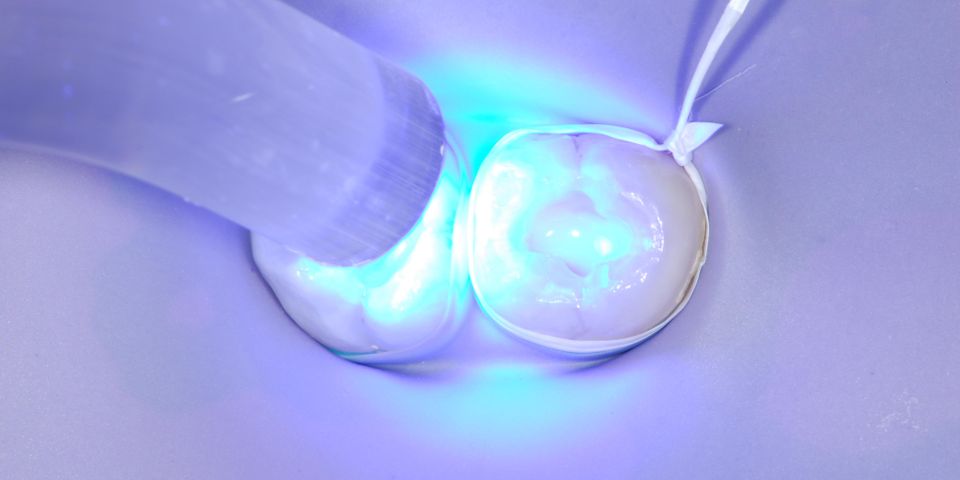
A root canal allows you to save a damaged tooth. While they get a bad reputation in popular culture, they’re actually very safe—and a better option than extractions or bridges in some cases. If you’re in need of a root canal, or you’re just curious about the process, Hulse Dental explains more below.
The Onalaska, WI-based dental office has provided the area with oral care for over 20 years, so they’re more qualified than most to explain the details:
-
 Initial Examination: The most common reason for getting a root canal is when a tooth is badly infected or decayed, which may manifest as an abscess or extreme tooth pain. Much of the problem may not be immediately visible, so your dentist will take an X-ray to investigate the extent of the damage.
Initial Examination: The most common reason for getting a root canal is when a tooth is badly infected or decayed, which may manifest as an abscess or extreme tooth pain. Much of the problem may not be immediately visible, so your dentist will take an X-ray to investigate the extent of the damage. -
Anesthesia: Once the infection has been confirmed, the next step of the process will involve some anesthesia. Many patients report that the experience is similar to getting a filling—and not nearly as painful as it’s rumored to be.
-
Pulp Removal & Tooth Sealing: The most important part of the root canal process is the removal of all infected tissue, otherwise known as the tooth pulp. Next, the tooth is filled with material called gutta-percha, and sealed on top with a crown or filling—a process that sometimes requires an extra appointment. The end result is that you will no longer feel pain from this tooth, which will continue to survive as it is nourished by other surrounding tissue.
Root canals allow people to save their natural teeth, letting them continue eating and talking the way they always have. If you need a dentist near Onalaska, WI, give Hulse Dental a call at (608) 783-1306 and find out what they can do for you. From routine teeth cleanings to root canals, they provide everything you need for lasting oral health. More information about the local dental office is available on their website.
About the Business
Have a question? Ask the experts!
Send your question

